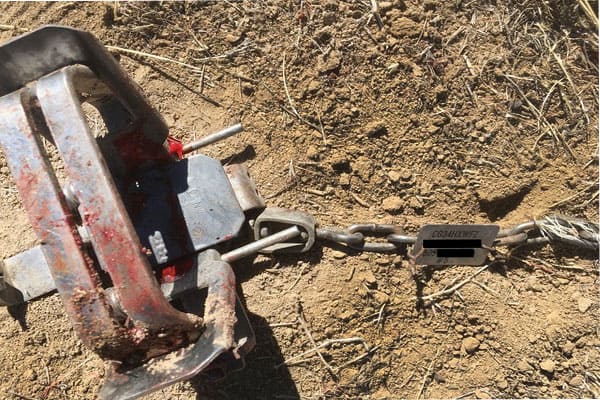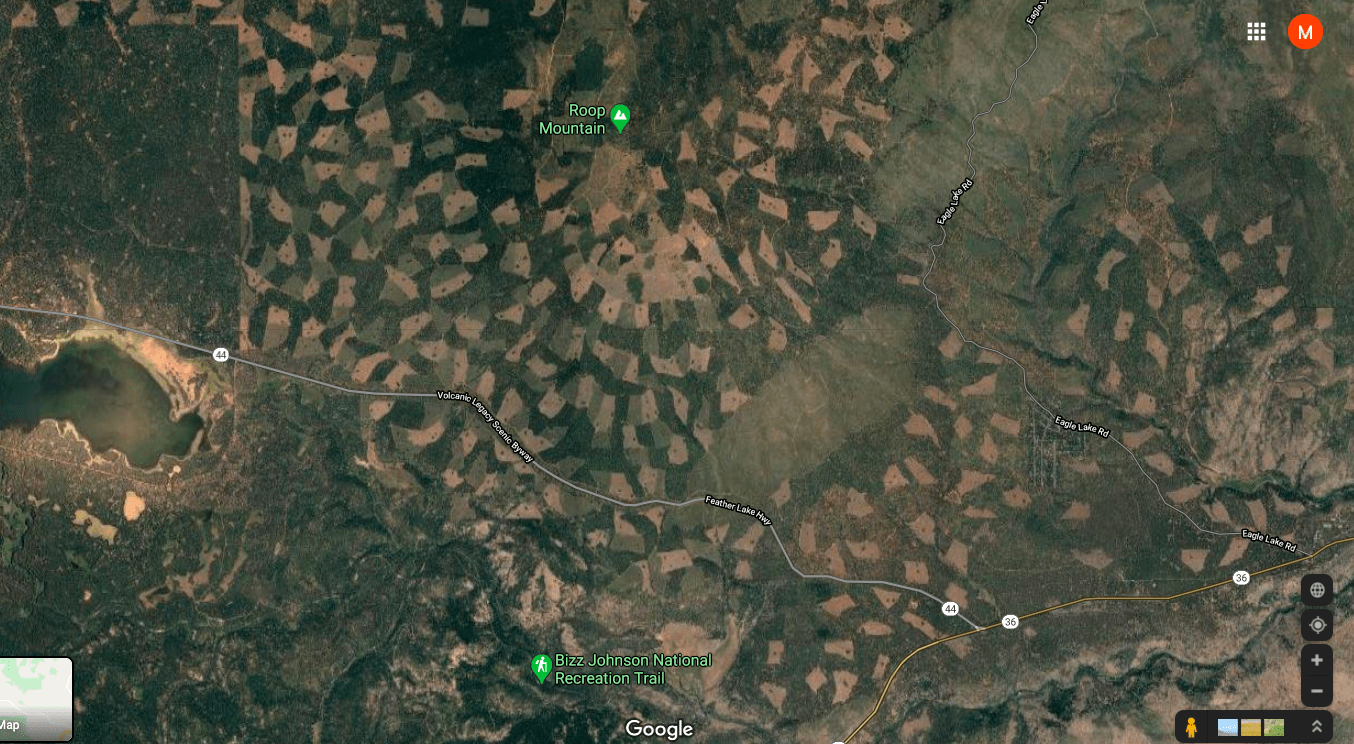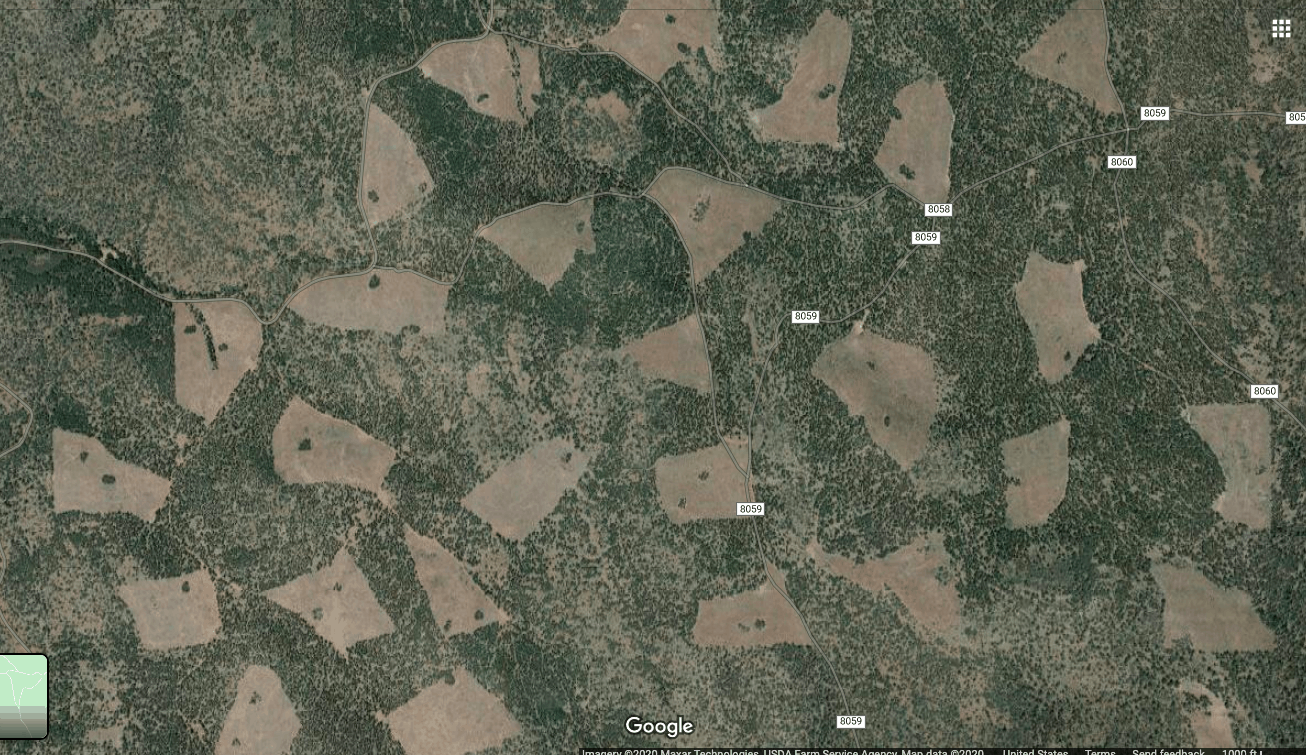
The following guest blog post was written by Samantha Bruegger, the Wildlife Coexistence Campaigner for WildEarth Guardians.
As I sit here thinking about wolves, my child is now peacefully sleeping in his room. I know he will awake tomorrow and much of his toddler fury will have subsided, creating a time for us to interact with each other positively. I can’t help but think of the parallels between some bad-acting livestock producers, grazing on public lands across the West, and my raging pre-bedtime toddler. The evening meltdown ritual is full of entitlement, irrational beliefs, and a lot of whining. It is now in these precious hours of silence that I understand why these tantrums are so familiar. I hear the same chorus from stock growers all week while working on carnivore coexistence.
The Taylor Grazing Act of 1934, further bolstered by the Multiple Use Sustained-Yield Act of 1960, authorized cattlemen and sheep growers to use public land across the West to grow their personal businesses. Now, nearly a century later, the same law has enabled corporate cattleman to profit from some of America’s most picturesque forests, grasslands, and deserts. Where we hike, bike, raft, hunt and fish, cows and sheep are permitted to freely roam.
In the 193 million acre National Forest System, grazing is authorized for 6,260 permit holders at the low cost of $1.35 per month for a cow/calf pair or five sheep, on over 102 million acres public land across 29 states. Unattended cows and sheep trample valuable wildlife habitat, graze on forage intended for deer and elk, and literally defecate all over the trails and water we explore with our families and friends, or find solace in alone. Yes, much like my child during witching hour, there is poop involved, a mess made, and complete chaos. However, this is not my private living room, these are the invaluable ecosystems of the Gila National Forest in New Mexico, the Colville National Forest of Washington, and the Arapaho National Forest of the Rocky Mountains, areas in which cows and sheep are invasive species. The aforementioned legislation is the parent that caves, gives toddlers what they are screaming for, in this case we’ll say a lollipop, and hopes for the best.
As many parents know, sugar before bedtime rarely ends well. Livestock producers were given a taste of the good stuff and, emboldened, have now picked up the toddler refrain of “more, more, more!” Being permitted to profit from public land was not enough for the hypocritical heifer owners. Soon, funding from the Animal Damage Control Act was funneled to grazing permit holders across the West, in a misguided attempt to appease the industry. In fact, a federal wildlife killing program was created with these funds, equipped to destroy all wildlife that stood in the way of cattle takeover. Armed with traps, poisons, cyanide bombs, snares, airplanes, and firearms, the United States Department of Agriculture’s “Wildlife Services” program took to treasured public lands to kill all things wild.
So far, the program’s indiscriminate and cruel tactics have accidentally killed numerous wild animals, including endangered species, domestic dogs, and even poisoned a child. The program still kills over a million animals annually, largely at the behest of agricultural interests. Bears and beavers are killed for timber damage, coyotes are massacred before grazing season, wolves are shot from the sky, and prairie dogs gassed in their burrows. The sugar- loaded, unhappy toddler was gifted a toy; the toy in this story is Wildlife Services.
You may have guessed by now, but the federal and state governments play the role of the exhausted and weary parents in this story. In an effort to appease the tyrannical demands of the worst in the grazing industry, the government doles out more gifts. Producers can receive compensation when cattle deaths are attributed to wolves, at twice the market value, but still demand the blood of those carnivores on public land. Producers receive free technical assistance when there are threats of coyotes, cougars, wolves, and bears, but still demand the blood of carnivores on public land. Producers claim it’s too hard to attend to cattle and sheep on public land, that there’s no way they can possibly keep an eye on them, but still demand the blood of carnivores on public land.
One cattleman, whose cows wander across 78,000 acres of the Colville National Forest in northeastern Washington, has even had 26 state-endangered wolves killed, including the Wedge Pack, Profanity Peak Pack, and the Old Profanity Territory Pack, to “protect” beef cows already destined for slaughter. Even as I write this, Washington has a kill order out for two members of the Togo Pack whose crime was eating the cows, wandering unattended, in the National Forest. Parents are trying everything they can to appease the now spoiled child, who will never be satisfied until that child can act however he or she wants, damn the interests of anyone else in the house. Such unfettered kowtowing is, quite simply, bad parenting, and we should expect much more from the government whose job it is to consider the interests of stock-growers, anglers, hikers, and other non-consumptive users, as well as wildlife and ecosystems, in protecting public lands.
In order to protect the interests of the whole household, maybe it is bedtime for public lands grazing. Perhaps the great burden that the bad apples of the livestock industry perceive for tending to their responsibility would be lifted if they lost the privilege. Perhaps, if they got a little rest, they would wake up and understand that using the shared rivers, forests, deserts, and grasslands for their business gains is a privilege, not a right.
I think it’s about time we put livestock grazing on public lands, and the killing of so many wild animals for the benefit of cows and sheep, to bed. I hope to join you in a new dawn of coexistence, one where the toddler is a little more respectful and, perhaps, enjoyable.





